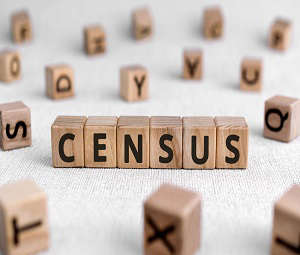
By Rebecca Black (PA)
Catholics outnumber Protestants in Northern Ireland for the first time since the partition of the island, census figures show.
The Census 2021 figures, published today show that 45.7% of the region’s population said they were either Catholic or brought up as a Catholic.
The figures for Protestants (and other Christian faiths) was 43.5% while 1.5% were from non-Christian religions.
Northern Ireland had a significant Protestant majority when it was established in 1921 as part of the partition of Ireland.
The last census, in 2011, recorded 48.4% of the population as being either Protestant or brought up Protestant, down almost five percentage points from 53.1% in 2001.
The Catholic population stood at 45.1% in the 2011 census, up from 43.8% in 2001.
The 2021 Census showed 9.3% of the population did not belong to any religion were not brought up in any religion – up from 5.6% in 2011.
The publication of the census traditionally prompts debate over what the figures mean for the constitutional future of Northern Ireland.
Some may draw a link between the religious breakdown and public opinion on the potential reunification of Ireland.
Others view religious affiliation as a crude metric to measure sentiment on the constitutional question, insisting that being a Protestant or Catholic does not necessarily translate into unionist or nationalist politics.
In that respect, more emphasis may be placed on the census figures on national identity.
Census 2021 showed that 31.9% said they were “British-only” and 8% deemed themselves “British and Northern Irish”.
The proportion of the population that said they were “Irish-only” was 29.1% while those identifying as “Northern Irish-only” was 19.8%.
In Census 2011, when the question on national identity was included for the first time, 40% said they had a British-only national identity, 6% said they were British and Northern Irish, 25% said they were Irish-only, and 21% viewed their identity as only Northern Irish.
The Census also showed a 63.5% increase in the number of people in Northern Ireland who hold an Irish passport.
The number of people who held an Irish passport rose from 375,800 in 2011 to 614,300 in 2021.
Brexit will undoubtedly have been one factor in that surge, with people seeking an Irish passport to retain EU rights lost when the UK left the bloc.
The number of people holding a UK passport in Northern Ireland was one million in the latest census, down from 1.07 million in 2011.
Under the terms of the 1998 Good Friday Agreement peace deal, the constitutional status of Northern Ireland can be changed only with the consent of its population.
A Northern Ireland secretary is obliged to call a referendum on Irish unity if they believe there has been a shift in public opinion that would indicate a majority in favour of constitutional change.
However, the 1998 peace accord provided no detail on what criteria should be used to make this call.
The figures on religion and national identity are part of the second round of data being published from Census 2021.
The first tranche of figures, published in May, related to population and household numbers.
They showed that Northern Ireland’s population had risen to a record of more than 1.9 million.
Census 2021 was carried out on March 21 last year.
The figures published on Thursday also highlighted growing diversity within the population in Northern Ireland.
The number of people belonging to an ethnic minority rose to 3.4% of the population (65,600), up from 1.8% in 2011 (32,400).
The number has risen four-fold in 20 years, from only 0.8% (14,300) in 2001.
The number of people living in Northern Ireland who were born outside the UK and Ireland has also grown, from 81,500 (4.5%) in 2011 to a record of 124,300 (6.5%) in 2021.
On census day 2021, 4.6% (85,100) of the population aged three or over had a main language other than English. In 2011, the proportion was 3.1% (54,500).
In 2021 the most prevalent main languages other than English were Polish (20,100), Lithuanian (9,000), Irish (6,000), Romanian (5,600) and Portuguese (5,000).
The census showed that 12.4% (228,600) of the population aged three and over had some ability in the Irish language – up from 10.7% in 2011.
For Ulster Scots, 10.4% (190,600) had some ability in the language, up from 8.1%.
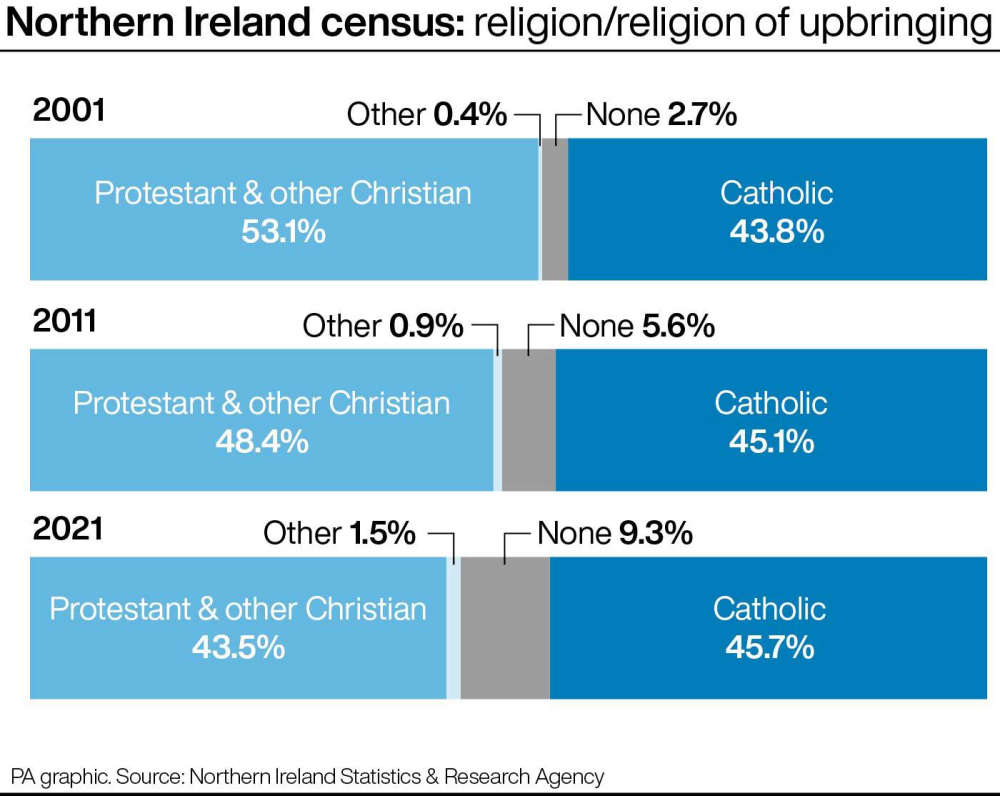


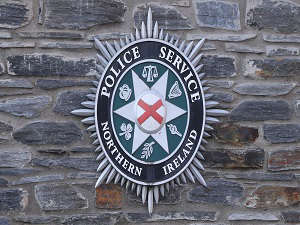 Woman assaulted while jogging in West Belfast
Woman assaulted while jogging in West Belfast
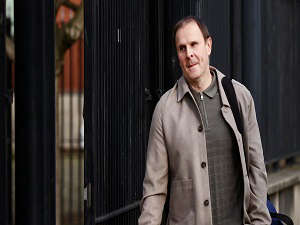 Leading loyalist Winston Irvine sentenced to 30 months for firearms offences
Leading loyalist Winston Irvine sentenced to 30 months for firearms offences
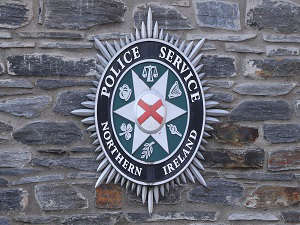 Rescue operation to free 40 cows after lorry overturns on motorway
Rescue operation to free 40 cows after lorry overturns on motorway
 New date set for trial of former DUP leader Jeffrey Donaldson and wife
New date set for trial of former DUP leader Jeffrey Donaldson and wife